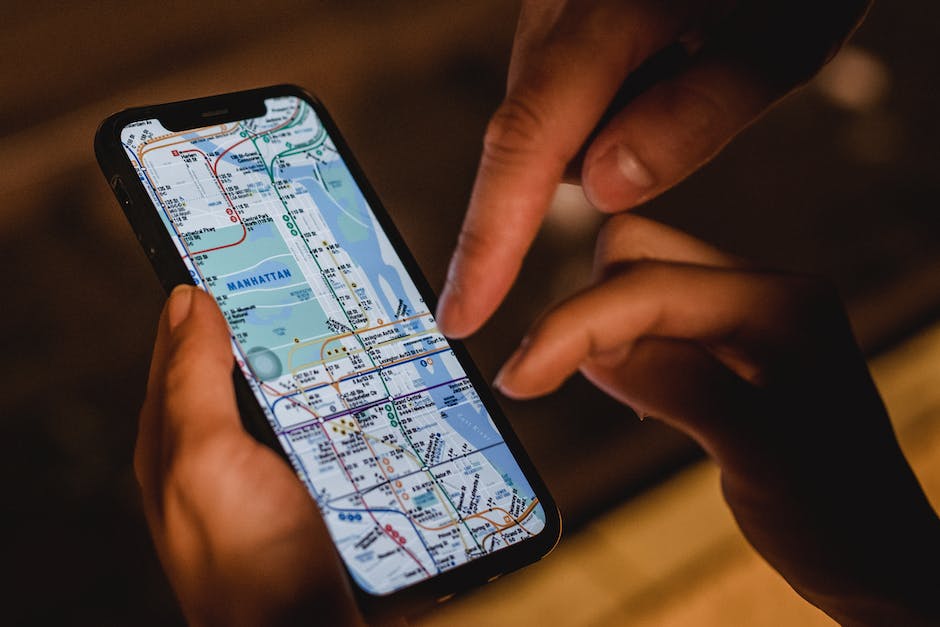In the digital age, access to the internet is not just a luxury but a necessity. The advent of the internet has revolutionized the way we learn, communicate, and access information. For students, the internet has become an indispensable tool for education. However, not all students have equal access to this vital resource. This is where the concept of a free hotspot for students comes into play.
Explore the importance of a free hotspot for students in unlocking digital education. Learn about its role in equalizing educational opportunities, enhancing student engagement, and equipping students with essential digital literacy skills.
The Importance Of Digital Education
Digital education, also known as e-learning, has transformed the traditional classroom setting. It has opened up a world of opportunities for students, allowing them to learn at their own pace, anytime, anywhere. However, access to digital education is heavily dependent on reliable internet connectivity. Without it, the benefits of digital education remain out of reach for many students.
Free Hotspot For Students: Bridging The Digital Divide
A free hotspot for students is a powerful tool that can help bridge the digital divide. It provides students with the necessary internet access to participate in digital education. This is particularly beneficial for students from low-income families who may not have access to reliable internet at home.
Top Providers Of Free Hotspot For Students
Several providers have recognized the importance of internet access for students and have stepped up to offer free hotspots. Some of the top providers include:
-
T-Mobile's Project 10Million: it aims to provide free internet access and mobile hotspots to 10 million eligible households with students over the next five years. The program is open to families with children participating in the National School Lunch Program.
-
Verizon's Innovative Learning Schools program: it provides free mobile hotspots and internet access to students and teachers in Title 1 schools across the United States. The program also provides technology and teacher training to help schools integrate technology into the classroom.
-
AT&T's Access From AT&T Program: it offers discounted internet and free Wi-Fi hotspots to eligible households with at least one resident who participates in the Supplemental Nutrition Assistance Program (SNAP) or the National School Lunch Program (NSLP).
-
Comcast Xfinity's Internet Essentials Program: it offers low-cost internet and a subsidized computer to eligible households with at least one child who receives free or reduced-price school lunches. The program also offers free Wi-Fi hotspots to all Internet Essentials customers.
-
Sprint's 1Million Project: it aims to provide free mobile hotspots and internet access to one million eligible high school students who do not have reliable internet access at home.
How To Access Free Hotspot For Students
Accessing a free hotspot for students typically involves visiting the provider's website and filling out an application form. The application process may require the submission of certain documents such as a student ID, proof of enrollment or school registration, proof of income or participation in government assistance programs, proof of residence, social security number, and birth certificate or other identification documents.
How to Apply for Free Hotspot Programs for Students
Applying for a free hotspot program for students typically involves a few common steps, although the exact process may vary depending on the provider. Here is a general guide on how to apply:
-
Research The Available Programs: The first step is to research the available programs and identify the one that best suits your needs. Some of the top providers include T-Mobile, Verizon, AT&T, Comcast Xfinity, and Sprint.
-
Visit the Provider's Website: Once you have identified a suitable program, visit the provider's website for more information. Look for a section on their website dedicated to the free hotspot program.
-
Fill Out The Application Form: Most providers will have an online application form for you to fill out. This form will typically ask for information such as your name, address, and details about your current school or educational institution.
-
Submit Required Documents: The application process may require you to submit certain documents. These could include a student ID, proof of enrollment or school registration, proof of income or participation in government assistance programs, proof of residence, social security number, and birth certificate or other identification documents.
-
Wait For Approval: After submitting your application, you will need to wait for approval. The time it takes to process an application can vary depending on the provider.
Eligibility Criteria For Free Hotspot Programs For Students
The eligibility criteria for free hotspot programs for students can vary depending on the provider. However, here are some common criteria that many programs require:
-
Participation In Government Assistance Programs: Many programs require students or their families to be participants in government assistance programs such as the National School Lunch Program (NSLP), the Supplemental Nutrition Assistance Program (SNAP), or Medicaid.
-
Low-Income Households: Some programs are specifically designed for students from low-income households. Proof of income may be required during the application process.
-
Enrollment In A Participating School: Some programs may require students to be enrolled in a participating school or educational institution. This could include Title 1 schools, which are schools with a high percentage of low-income students.
-
Lack Of Reliable Internet Access At Home: Some programs are designed specifically for students who do not have reliable internet access at home. You may need to provide proof of your current internet situation.
The Limitations Of Free Hotspot For Students
While a free hotspot for students offers numerous benefits, it's important to acknowledge its limitations. These may include limited coverage, limited data, reliability issues, limited device connectivity, and time restrictions. Despite these limitations, the benefits of providing free hotspots to students far outweigh the challenges.
The Role Of Free Hotspot In Equalizing Educational Opportunities
A free hotspot for students plays a significant role in equalizing educational opportunities. It ensures that every student, regardless of their socio-economic background, has access to the same educational resources. This is particularly crucial in a time where digital learning is becoming the norm rather than the exception. By providing free internet access, we are ensuring that no student is left behind in the digital revolution.
Enhancing Student Engagement With Free Hotspot
The provision of a free hotspot for students can significantly enhance student engagement. With access to a reliable internet connection, students can actively participate in online discussions, collaborate on projects with their peers, and access interactive educational content. This not only enriches their learning experience but also fosters a sense of community among students, even in a virtual learning environment.
The Long-Term Benefits Of Free Hotspot For Students
The benefits of a free hotspot for students extend beyond the classroom. It equips students with the digital literacy skills they need to navigate the digital world. This includes the ability to find, evaluate, and use information effectively. These skills are not only essential for their academic success but also for their future careers in an increasingly digital workforce.
Frequently Asked Questions
We've responded to some of the most frequently asked queries about free hotspot for students to help you understand it better.
What are the top providers of free hotspot for students?
The top providers include T-Mobile, Verizon, AT&T, Comcast Xfinity, and Sprint.
How can students access a free hotspot?
Students can access a free hotspot by visiting the provider's website and filling out an application form. The application process may require the submission of certain documents.
What are the limitations of a free hotspot for students?
The limitations may include limited coverage, limited data, reliability issues, limited device connectivity, and time restrictions.
Get Free Hotspot For Students
A free hotspot for students is more than just a tool for internet access. It is a key to unlocking digital education, breaking down the barriers that prevent students from reaping the benefits of e-learning. By investing in free hotspots, we are investing in our students' future, ensuring they have the resources they need to thrive in the digital age.
Discover more assistance programs that help you stay connected. Visit Gov Relations to learn more about how to get free internet from government programs for low-income households.







